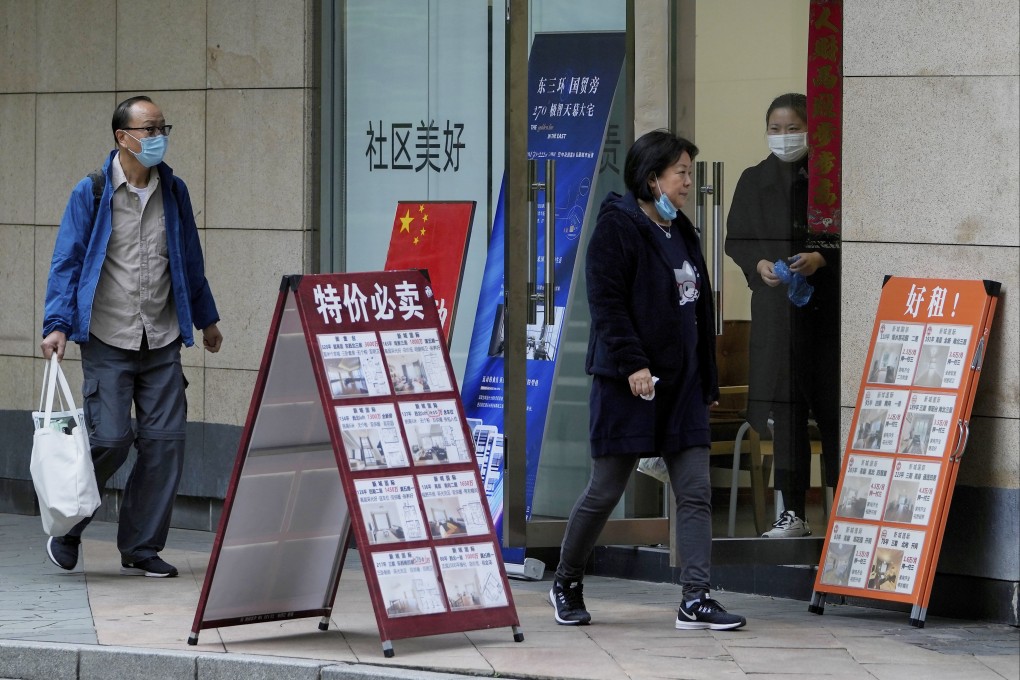Advertisement
Macroscope | Why weaker growth and market fears might delay, but won’t derail, China’s reform push
- China’s economy is still growing fast enough to give policymakers cover to continue with reforms, but some adaptation may well be necessary
- The pace and breadth of reforms is weighing on market sentiment, possibly forcing a rebalancing between long-term goals and short-term stability
Reading Time:3 minutes
Why you can trust SCMP
0

The past quarter was the weakest for the Chinese economy since the country started recovering from the Covid-19 shock. Real GDP increased by just 0.2 per cent on a quarterly basis during the third quarter, compared with a growth rate of 1.2 per cent in the second quarter.
However, the recent slowdown might not stop China from achieving its 6 per cent growth goal for 2021 – in the first half of the year, the economy saw strong year-on-year GDP growth of 12.7 per cent.
This will allow policymakers to continue with structural reforms in various fields. However, the mounting growth pressure might mean a need to rebalance between long-term reform goals and short-term economic and social stability.
Since July, China has accelerated the pace of fundamental reforms. The implementation of decarbonisation policies, reducing the education burden on students, internet regulation and escalating property market controls have grabbed many headlines and are weighing on market sentiment.
Admittedly, these measures are aimed at improving the country’s long-term growth potential in terms of environmental sustainability, population growth, technological progress and financial risk control.
In the short term, any one of these policies, on its own, might only affect certain areas of the economy, meaning the overall impact would be moderate. However, when so many profound policies are introduced over a short period, the compounded economic pressures are no longer negligible.
Advertisement
Select Voice
Choose your listening speed
Get through articles 2x faster
1.25x
250 WPM
Slow
Average
Fast
1.25x

